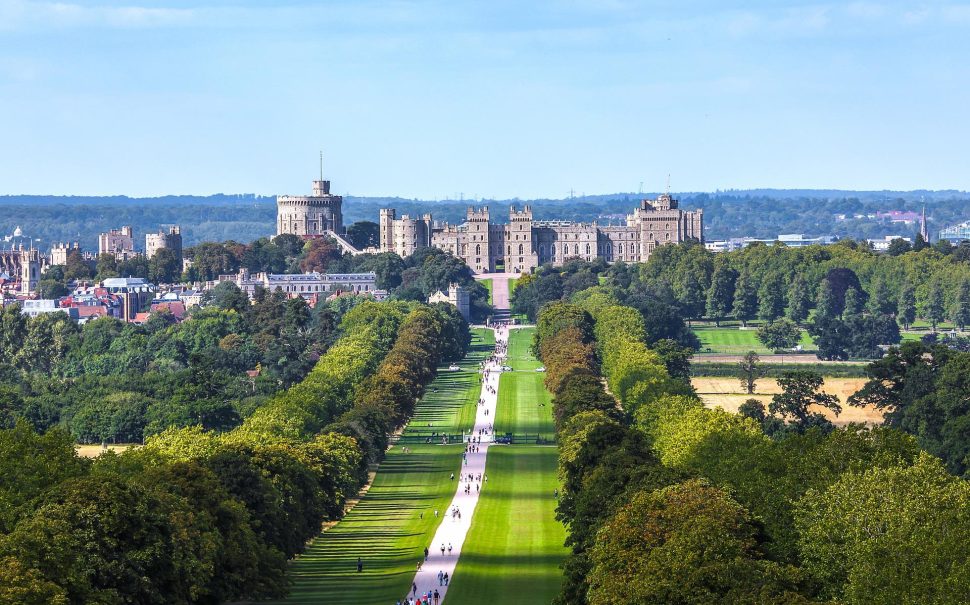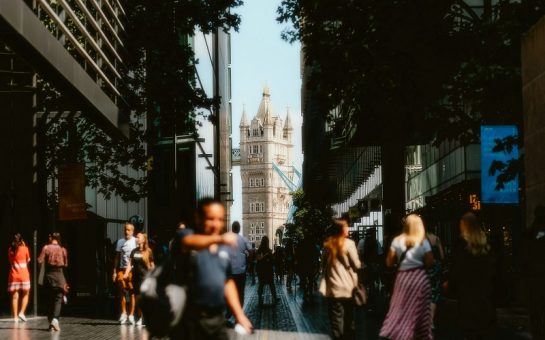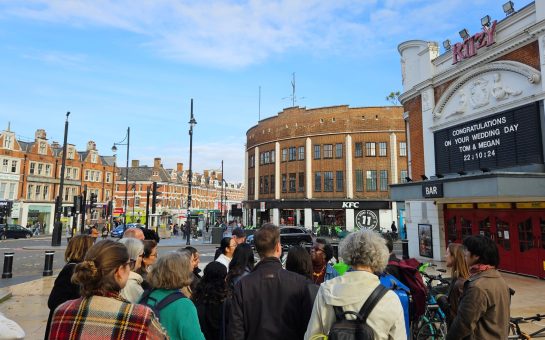The Royal Residences have been a crucial part of Queen Elizabeth II’s legacy, as from Buckingham Palace to Balmoral, the Queen was known for her more than humble abodes.
The Queen’s royal residences have been a backbone of her reign, with all of them holding specific significance as the traditional location for events or holidays, but also having sentimental links to her family and her life as the longest serving monarch.
Many have speculated where she spent the majority of her time and which of the residences she loved the most, but the one thing that stuck out most during her reign was the vastness of her homes.
Buckingham Palace has served as the official London residence of the UK’s sovereigns since 1837 and the administrative headquarters of the monarch.
As a key tourist hot spot, many would come to the gates hoping to get a glimpse of the Queen and her iconic wave.
Though it is where the Queen spent the majority of her reign, it served more of a formal purpose and Windsor Castle is thought more of as the home.
Rebeccca Russell, royal correspondent at MyLondon, explained: “While The Queen has several homes and official residences at her disposal, it is no secret that Windsor Castle is her favourite as it holds the fondest memories, whether that is staying there during the war or spending family time with her parents and sister.
“I think a large part of The Queen’s favouritism for Windsor is to do with links to her late husband, Prince Philip, Duke of Edinburgh.”
Her love for her family and her late husband, shone through in the sentimentality of all her residences.
Russell said: “When her father died on February 6, 1952, the Queen was at the start of a Commonwealth tour in Kenya and had to rush back when the sad news was announced and it has since been thought that she spent the first two months of the year in Sandringham to remember her beloved father.
“Wood Farm in the corner of the estate also serves a special purpose as it is where Prince Philip chose to spend most of his time following his retirement from public duties in 2017.”
Though the residences are important to her in regards to her familial relationships, many of them also served different purposes in her own life.
Her love for the countryside was reflected in where she enjoyed spending her time.
Russell said: “She would relish the time she could spend at the weekends and the holidays at other homes in Windsor, Norfolk and Scotland.
“In these smaller, less exuberant homes is where Her Majesty felt more free to relax and be herself.”
However, one cannot ignore the iconic nature of Buckingham Palace, hosting 50,000 guests and attracting over 500,000 visitors a year.
Its central location, and associations with Britain’s reputation for pomp and ceremony make it a direct reflection of the royalty with which it is linked and with over 700 rooms, it’s not easy to miss.
But Windsor Castle has also played a crucial role in remembering the Queen and the history she made.
Russell said: “Stretching even further back, Windsor Castle has survived almost one thousand years of royal history and still serves an indisputable purpose as a working royal residence and tourist attraction.
“Perhaps Buckingham Palace is the most ‘iconic’ but it certainly does not bear the same historical significance.”
As the Queen’s reign has come to an end, we can all appreciate that her royal residences were more than just spectacles or empty homes. They were symbols of her monarchy, unchanging and strong.
Russell added: “With respect to The Queen’s legacy and the mark she has made on the various royal residences, I would say that she fully understood the importance of public perception and only made changes when they were absolutely necessary, meaning that allowing the estates to thrive has certainly been among her greatest achievements.”





